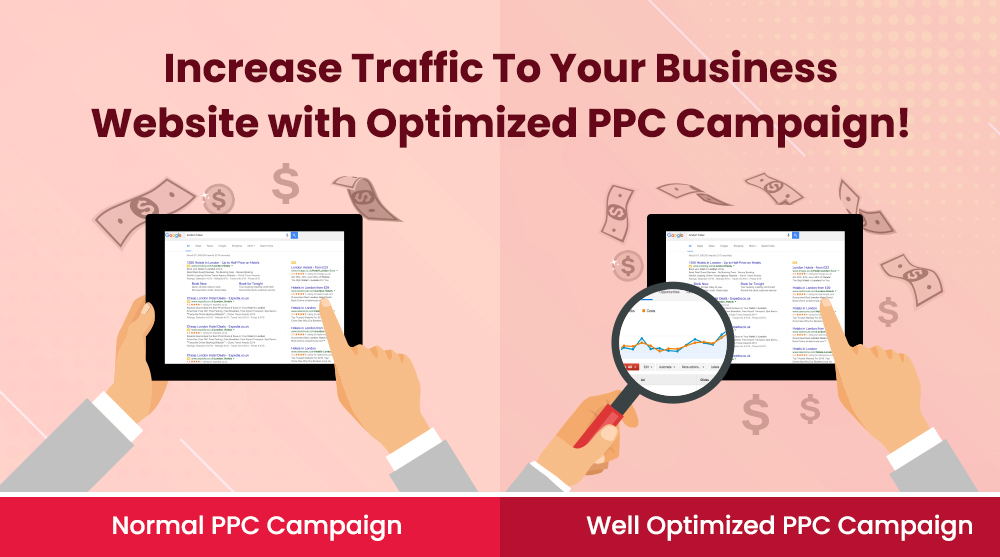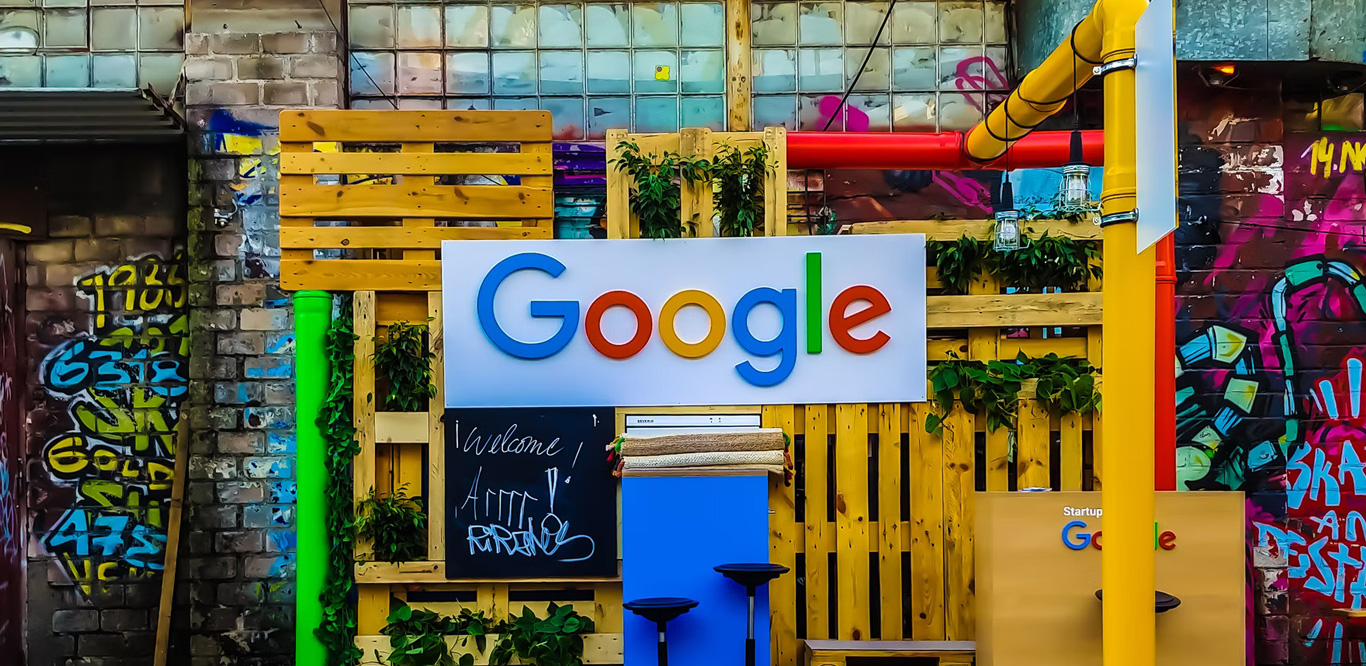If you want to boost traffic immediately on your small business’s website, Pay-Per-Click Campaigns via Google AdWords is a great way. Once you begin your PPC campaign, the moment you gain substantial traffic data and have a good handle on your strategy, it’s the right time to optimize your PPC strategy. Simply analyze your AdWords data and make strategic decisions to optimize your PPC campaign.
Pay-Per-Click is great for driving immediate traffic but it’s just like a band-aid fix. It will drive to your website only till you pay for the PPC campaign. The moment you stop paying for the campaign, the traffic will stop too. This is one of the major differences between SEO and PPC.
PPC is a quicker way to drive traffic to your website whereas SEO is a slower process that will drive more traffic to your website over a period of time. Even if you stop your SEO strategy, you won’t lose the search value of your links and content.
In this blog, we have shredded light on the various metrics that can help you simply optimize your PPC campaign. The following are a few questions and answers that can help you optimize your PPC strategy.
1. What is My Click-Through-Rate (CTR)?
When the number of clicks received by your small business’ ad is divided by the total number of times your ad is shown i.e impressions, it’s called Click-Through-Rate (CTR). It’s vital to follow your Pay-Per-Click strategy’s CTR to understand the performance of your small business in your overall marketing strategy.
The CTR of a keyword is a powerful indicator of its relevance to the user. For instance, when we compare a well-targeted keyword with a general keyword with a non-specific text, the former one is more likely to have a higher CTR. The more your keywords and ads are related to each other and your niche, it’s more likely that a user will click on your ad after searching it on your keyword phase.
A lower CTR is a clear indication of poor performance and that there is a need for keyword optimization. Hence, you can use CTR to monitor what keywords and ads are performing better for your business and then easily optimize them.
2. How Many Ad Groups Should Be Used?
When you organize similar keywords in multiple ad groups, you have a better opportunity to have higher CTRs as well as quality scores. The quality score is a Google rating that ranges from 1 to 10 i.e. not relevant to highly relevant. You need to score high so that you will be eligible to bid lower for higher placements. If your ad groups have various unrelated keywords, then Google won’t be able to identify highly relevant words. Hence, you will experience a low-quality rate due to lower CTR.
Generally speaking, if your small business’s Pay-Per-Click ad campaigns have a 7 or higher quality score, you are good going. But you need to regularly monitor it and change strategies as per requirements.
3. What is the “Serve Percentage” of My Ads?
When the percentage of your ad is shown in relation to the rest of your active ads within the same ads group, it’s called the AdWords Ad Serve Percentage. It’s very normal to gain different ad served percentages or impressions for different ads in the same ad group.

4. What are the Factors that Influence the Number of Times a Given Ad is Served?
According to Google, there are three main factors that influence how often a given ad is served.
- Ad Rotation – All campaigns are set to optimized ad serving by default. This simply means that if one ad has a higher CTR, it will be shown more frequently than the other ads in your ad group. Hence, this system automatically enables better-performing ads that simply boost more traffic on your website. You also have the option to opt out of optimized ad serving and rotate your ads. When you choose this option, still your ads may have a different number of impressions or ad served percentages. This happens because an Ad’s Quality Score is taken into account while ranking it on a search result page.
When you have a high-quality ad score, it may appear on the search results of the first page. On the other hand, a low quality ad score may appear on the second page of search results where the impressions depend on the user’s clicks. - Time – An ad will have a lower ad percentage if it is created late in the day as compared to the existing ads.
- Approval Status – An ad will only appear on Google if it has yet to be reviewed and approved. An ad will have a low ad served percentage if it doesn’t generate impressions on the Google Network. This simply means that if you replace an already running ad with the new one, you might experience a drastic decrease in clicks and serve percentage for the first few days while the new ad is being reviewed and approved.
5. What is Meant by Ad Rotation?
The way in which your Ads are delivered on Google and the Google Network is known as an Ad rotation. If you have multiple ads within an ad group, your ads will rotate as only one ad from your account can show at a time. However, you can specify how you’d like to serve your ads in the ad group. The very first option to optimize your ad serving is Google’s default setting. When you go for optimized ad servings, it renders higher CTRs in the ad auction as compared to the other ads in the ad group. Hence, high-quality ads gain more impressions than other ads with higher ad-served percentages. By using this option, your ad group will gain more impressions and overall clicks as high-quality ads gain better positions by attracting more user attention.
The second option is to run your ads in a set rotation. Even if one ad has a lower CTR than another, rotated ads run more evenly into the auction. The ad served percentage and impression statistics of ads in the ad group will be more similar to each other as compared to the first option. As ads’ position depends on Quality Score and CPC, these statistics may vary from each other.
If you are looking for experienced PPC experts to manage ad campaigns, then get in touch with Webential, we can help you to run PPC marketing campaigns to increase paid search traffic and revenue to your business website.
Read Also: 5 Pro Local SEO Tips for Your Multiple-Location Business


 linkedin.com/in/Dharmesh Gajjar
linkedin.com/in/Dharmesh Gajjar 

